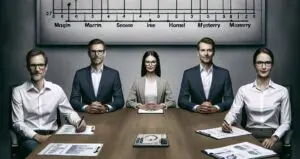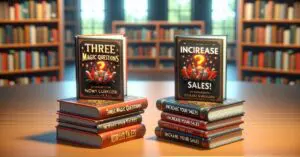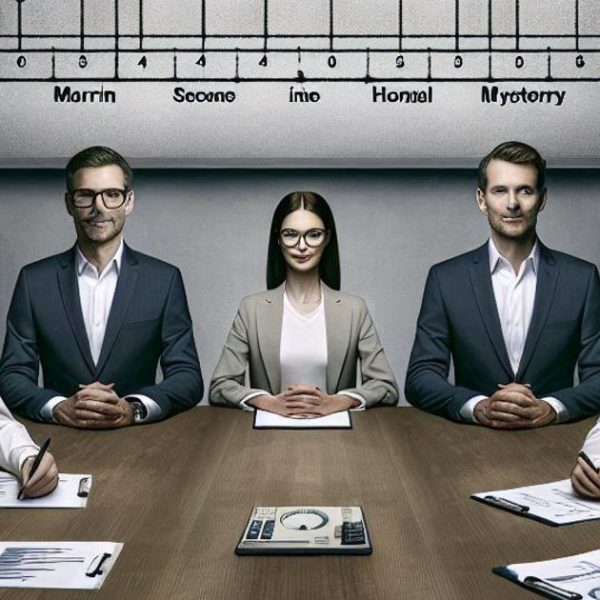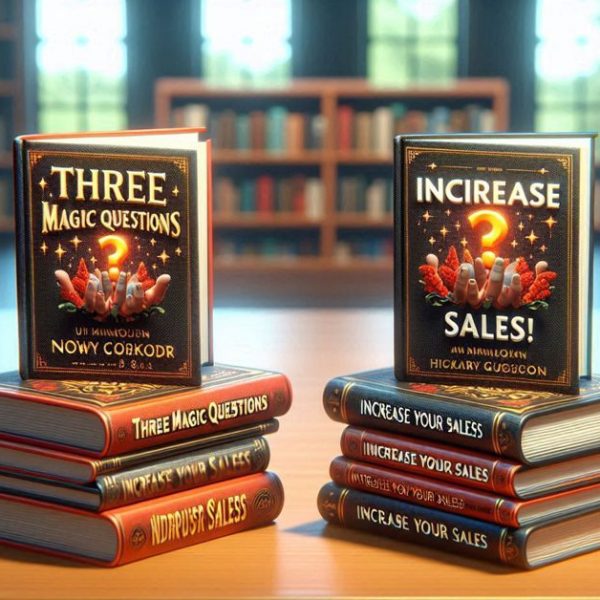Well, it’s a fair question.
Note that none of these three famous innovators were inventors like Thomas Edison, but visionaries who see a new marketplace or niche or how to reach the mass market in ways not previously attempted.
visionaries who see a new marketplace or niche or how to reach the mass market in ways not previously attempted.
Innovation does not always equal invention.
Leaders and companies that innovate new products, services and methods of delivery are the ones that stand out in a crowded business world, especially when attempting to gain recognition among the throngs of competitors visible on the web.
And innovation is what creates value.
Innovation is valued by our society, by investors and certainly by consumers. It is the focus for state and federal governments worldwide, many finding ways to reward innovators with tax incentives or investors with tax credits to finance innovative new enterprises.
My experience describing innovation.
As a keynote speaker on technology trends, I often started presentations beginning with a short history of innovation in the United States, using the twist of examining innovation through the lens of 150 years of cyclic bursts of bubbles, leading to subsequent recessions and depressions. It is not hard to find strands of gold in the carnage left by failed businesses lost when a bubble bursts, such as in 1857, 1902, 1929, 2001 and 2008.
Sometimes, innovators enable unfinished visions of others.
[Email readers, continue here…] Innovators make use of golden strands of opportunity left when the unfinished vision of another cries for completion, or when a genuine new concept changes the very way people think about their lives.
ARPANET becomes the Internet.
 Leonard Kleinrock and a few of his UCLA computer lab students worked to send the first several text characters from UCLA to Stanford in 1969 over a direct line established for the test. They could send only the “LO” of “LOGON” before recording the very first crash of what was to become the Internet. And I’m sure they had no idea what they were fathering with that effort which eventually became ARPANET, and then of course, the Internet itself. They had no mantra, and a limited vision to connect mainframe computers to share academic information.
Leonard Kleinrock and a few of his UCLA computer lab students worked to send the first several text characters from UCLA to Stanford in 1969 over a direct line established for the test. They could send only the “LO” of “LOGON” before recording the very first crash of what was to become the Internet. And I’m sure they had no idea what they were fathering with that effort which eventually became ARPANET, and then of course, the Internet itself. They had no mantra, and a limited vision to connect mainframe computers to share academic information.
The Internet and AI – new opportunities for innovation.
How many entrepreneurs used that new Internet infrastructure to create an expansive vision of what could be? Tim Burners-Lee wanted to use it to create a friendlier “web” of pages, sharing data like the pages of a massive library of books extending throughout the world. The result was the worldwide web, upon which Mark Andreeson and his crew in Chicago built the Mosiac browser with his vision to make this data more available to anyone. Which in turn allowed innovators worldwide to create applications inside a browser, share detailed information previously locked inside libraries and corporations, and ultimately to change the world by making the exchange of information frictionless.
So, who will be the next Ford, Jobs, or Musk for AI?
We can’t help but be amazed by the rapid developments in artificial intelligence and artificial general intelligence (AGI). Yet, so far, we have the foundation, thanks to development teams at OpenAI, Google and Microsoft among others. It won’t be long before we hear names of innovators who invent new uses for AI forming highly profitable companies around the work of inventors who laid the groundwork for these yet to come applications.
artificial general intelligence (AGI). Yet, so far, we have the foundation, thanks to development teams at OpenAI, Google and Microsoft among others. It won’t be long before we hear names of innovators who invent new uses for AI forming highly profitable companies around the work of inventors who laid the groundwork for these yet to come applications.
What about Edison, Bell and tesla?
We can look back to Ford and other visionaries who were not inventors as well as Edison, Bell and Tesla who were inventors – as great innovators of their time. And perhaps the most impressive invention of recent times is the result of hundreds of people, firms, and institutions, each adding a new brick to the building of the Internet and AI.
Now we have the infrastructure for innovators to create applications with open-source software – building innovations for mobile, artificial intelligence, virtual reality, augmented reality, blockchain and drones. And millions of innovators are at work extending these capabilities.
So, could you be the next Ford, Jobs, or Musk?
You don’t have to invent the next big thing, just see the place where you can fit technology into a new, much larger environment.
And who said that “Everything that can be invented has been invented?” Ah yes. That was Charles H. Duell, U.S. Commissioner of Patents in 1899. Oops.









Hey Dave,
I wanted to make a tiny quibble about Elon not being an inventor (below) as well as draw attention to a characteristic or two that sets some entrepreneurs apart.
A few weeks ago we found ourselves in Austin, TX with a simultaneous burning desire to get our asses down to Boca Chica and the Big Rocket. Of course this had to be done in a Tesla Mod Y (performance version of course with autopilot) and try to understand the guy who essentially removed ALL the controls of a car (and all of the vents, knobs, dials and failure prone mechanical gizmos) and replaced them with 2 little nubbins on the steering wheel.
The idea – no moving parts to break or fix. In this respect it is a similar idea to Steve Jobs removing all the buttons but Steve was all about aesthetics not so much manufacturability or saving money (i.e. making money).
As luck would have it, we managed to hook up with a member of SpaceX mission control who became a tour guide of the property. Yes I will get to my point soon.
We are standing at the launch pad trying to understand Elon so I asked who invented the chopsticks? This is the crazy idea of catching space ships with “chopsticks” only in use at Boca Chica as part of a re-use and rapid turnaround/relaunch program required to colonize Mars. My host replied “of course Elon”. Elon saw way beyond today’s situation and came up with a mad idea that had a slim chance of working but was fundamental to the future program.
Similar thinking went into the massive castings that are now in use in Tesla to replace 70 previously welded parts. Nobody had tried to make such a casting before nor did such a machine exist to do it but Elon could only see 70 discreet parts and wanted none of it. In this case he didn’t invent the machine but the idea that it might be possible. It is unusual true that the chief engineer is also the CEO.
SpaceX, Starlink, Tesla, Neuralink and more are littered with Elon’s inventions or interventions or visions of the future or whatever these breakthroughs are. They start with an inquisitive mind that is not hampered by conventional wisdom and ideas that see beyond today’s problems like a master chess player playing in a world full of rank beginners.
Nowadays it helps a bit to be able to throw a billion dollars at a problem.